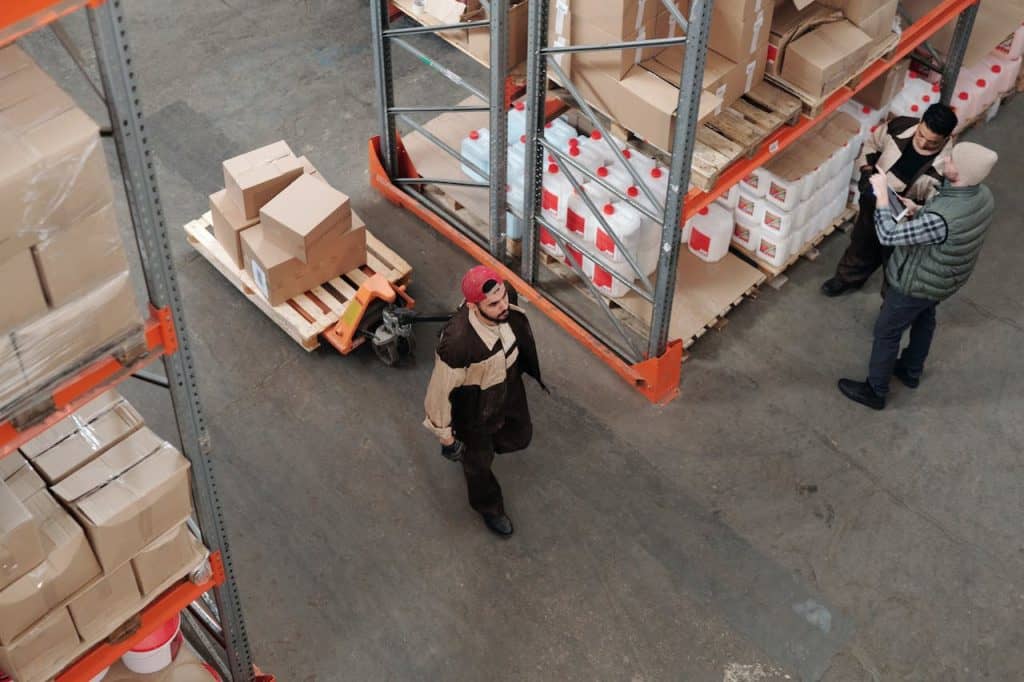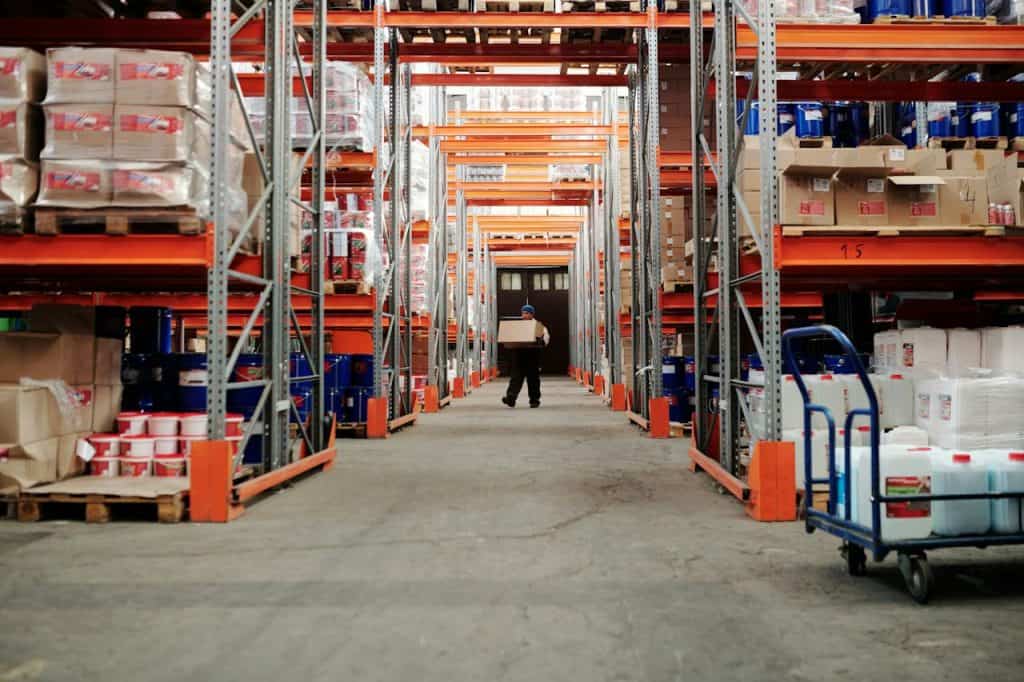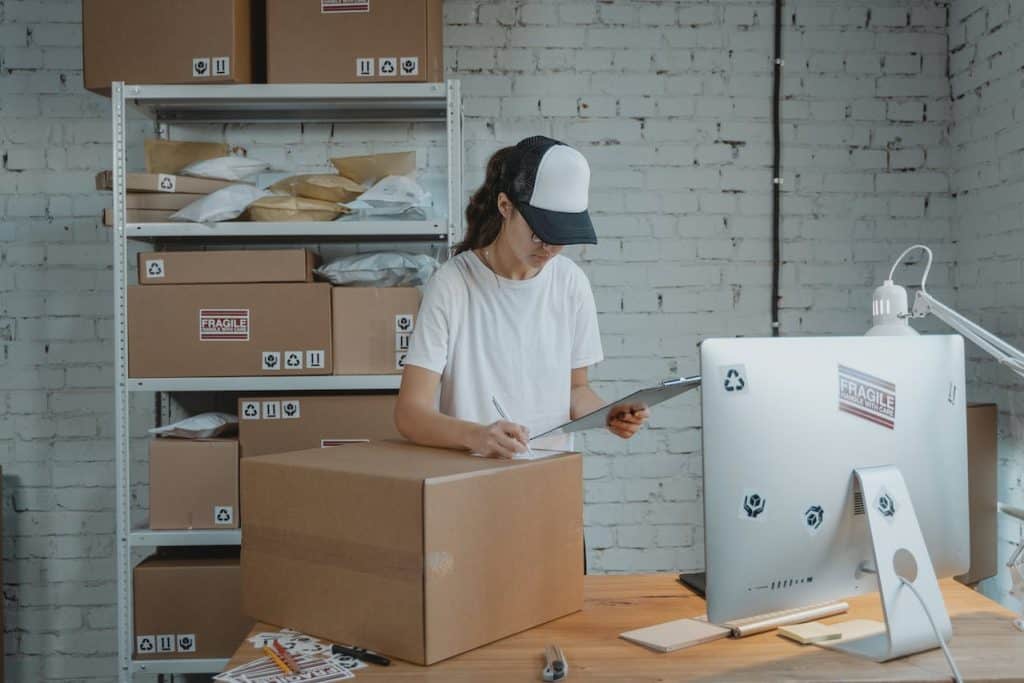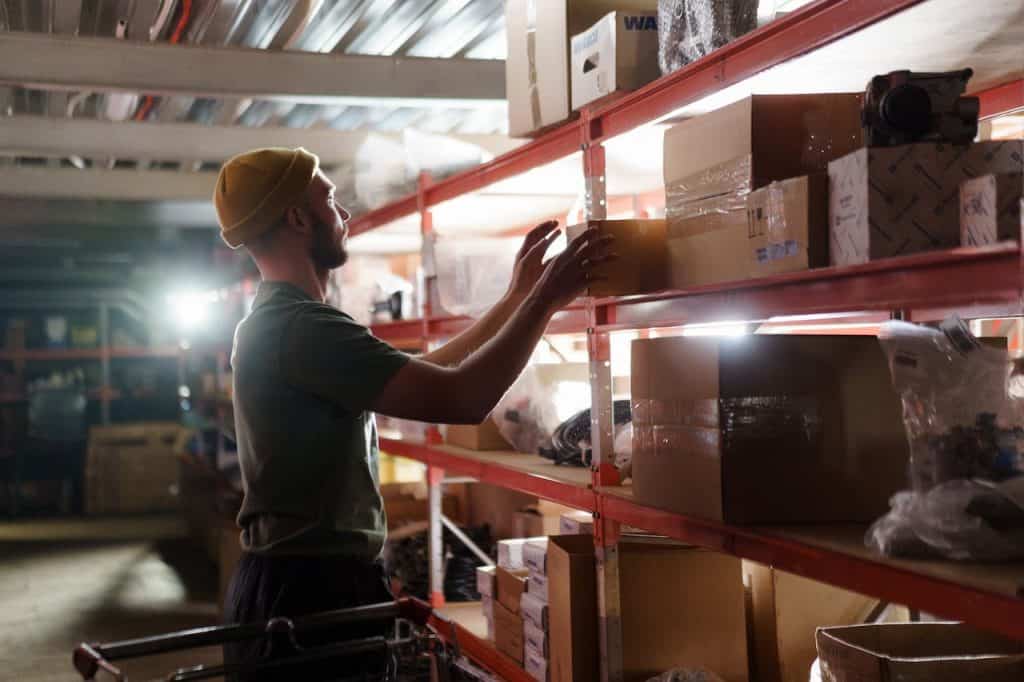In storage facilities, where items of varying value and sensitivity are housed, managing pest infestations is a necessity. We’ll explore the complex pest prevention strategies, exploring innovative and effective methods tailored for storage environments. Let’s understand how integrating these methods can prevent pest infestations in storage facilities.
Focus on clutter reduction to prevent pest infestations in storage facilities
Clutter offers pests countless hiding spots and breeding grounds. When a storage space is cluttered, it becomes a paradise for pests. They thrive in the chaos, unseen and undisturbed. By reducing clutter, you effectively dismantle this paradise. You strip away their hiding spots, making it hard for them to settle in.
Every box, every pile of unused items can harbor pests. Rodents love to nest in undisturbed areas, while insects find small spaces ideal for laying eggs. Clutter also makes it difficult to clean effectively. Dust and debris accumulate, attracting more pests.
When you declutter, you also enhance visibility. This makes it easier to spot signs of pests early on. Regular cleaning becomes more efficient. There’s less space for them to hide and more opportunities for you to spot and address potential issues. But it’s not just about removing things. It’s about organizing what’s left. Well-organized spaces discourage them. They find it harder to go unnoticed. It’s about creating an environment where they can’t thrive.
Cleanliness, proper ventilation, and moisture control
Proper ventilation, cleanliness, and moisture control prevent infestations in storage facilities. Cleanliness is straightforward: it’s about eliminating what attracts pests. They are drawn to dirt, crumbs, and waste. By keeping the facility clean, you’re cutting off their food supply. Regular cleaning, especially in hidden areas, is key. It’s about the visible spaces and those out-of-sight corners where they love to dwell.
Ventilation plays a vital role, too. Proper airflow prevents damp, stagnant environments in which many pests thrive. Good ventilation keeps the air fresh and helps prevent pest infestations in storage facilities. This circulation of air also helps to dissipate any odorous attractants.
Moisture control is the third pillar. Pests need water to survive. By controlling moisture, you’re essentially cutting off another essential resource. Fix leaks, ensure good drainage, and use dehumidifiers if necessary. A dry environment is less inviting to them.
 Use pest-resistant materials in your facility.
Use pest-resistant materials in your facility.Use pest-resistant materials
In storage facilities, using pest-resistant materials is a proactive move to deter infestations. These materials are designed to withstand their gnawing, burrowing, and nesting habits. For example, plastic and metal containers are less porous than cardboard, offering better protection against rodents and insects. Shelves and pallets made from treated wood or metal resist termite and rodent damage better than untreated wood.
But it’s not just about containers and shelving. Consider the building materials, too. Pest-resistant insulation, wall coverings, and even flooring can create an unattractive environment for pests. Sealants and weather-stripping around doors and windows can prevent tiny insects from squeezing through gaps.
The investment in these materials pays off. Making it harder for pests to establish a foothold reduces the need for chemical treatments and other control methods. This saves money in the long run and creates a safer and more sustainable environment.
The best storage practices in a storage facility
Elevating items off the floor on shelves or pallets is a game-changer. It prevents direct contact with the ground where they often enter and linger. This system in storage facilities like NYC Mini Storage also improves air circulation around stored items. Next, consider the organization. It disturbs any potential pest nesting sites and exposes hidden areas to inspection and cleaning.
The choice of storage containers matters immensely. Opt for airtight, pest-resistant containers. These are barriers against insects, rodents, and more. They protect the contents and prevent pests from finding a food source or nesting material.
Spacing between items is another critical factor. Avoid overcrowding. Adequate space between stored items ensures better ventilation and reduces moisture buildup. It also allows for easier movement during inspections and cleaning. Lastly, prioritize cleanliness in and around storage areas. Regular cleaning and maintenance schedules help to identify and fix issues like leaks or cracks.
Implement the best storage practices.
Professional pest control for storage facilities
Professional services bring expertise and specialized knowledge to the management of pests in storage facilities. These experts conduct comprehensive assessments, identifying existing problems and potential risk areas. Their approach is strategic; they don’t just treat symptoms; they look for the root causes of infestations. This might involve identifying entry points, breeding grounds, or attractions bringing pests in.
One of the key benefits of professional pest control is their access to advanced treatments and methods that are both effective and safe. They use targeted chemicals, if necessary, that are less harmful to the environment. These professionals also bring a proactive approach. They don’t wait for an infestation to occur; they work to prevent it. Regular visits ensure ongoing surveillance and immediate action when needed.
Moreover, they provide valuable advice on how to maintain a pest-free environment. They educate facility managers and staff on best practices for pest prevention, tailoring their advice to the specific needs of the facility.
Pest monitoring devices for storage facilities
These devices are essential tools in the proactive management of pest infestations in storage facilities. They constantly scan for signs of pest activity. From simple sticky traps that catch insects to more sophisticated electronic monitoring systems, these devices provide crucial data.
The beauty of these devices lies in their ability to detect pests before an infestation becomes severe. Early detection means early intervention, which can prevent larger, more costly infestations. These devices can be placed in strategic locations, especially in areas where they have been a problem in the past.
Advanced devices go beyond mere detection. Some can even send alerts to facility managers, allowing for quick response. They can monitor environmental conditions like humidity and temperature, which are key factors in pest behavior and reproduction. This data helps in predicting and preventing problems.
Prevent pest infestations in storage facilities by lifting items on shelves.
Implement these tips to prevent pest infestations in storage facilities
The battle against pests in storage facilities is ongoing and requires a dynamic, well-informed approach. As we have explored, a combination of clutter reduction, cleanliness, proper ventilation, and moisture control forms a great way to prevent pest infestations in storage facilities. These strategies not only protect the stored goods but also enhance the overall environment of the facility.
Contents
Why You Should Trust Pest Control Hacks?
We know that pests are nasty neighbors, and it can take months to eliminate them without the right approach. Our experts use their own experience to compile articles and guides that are introductory and informative. Our authors’ opinions are independent and based on the results of practical testing of pest control tools. We do not notify manufacturers of testing of their products and do not receive payment from them for posting their items. Also, our texts are never submitted to company representatives for proofreading before placement. On the site, you will find exclusively objective ratings and reviews.






